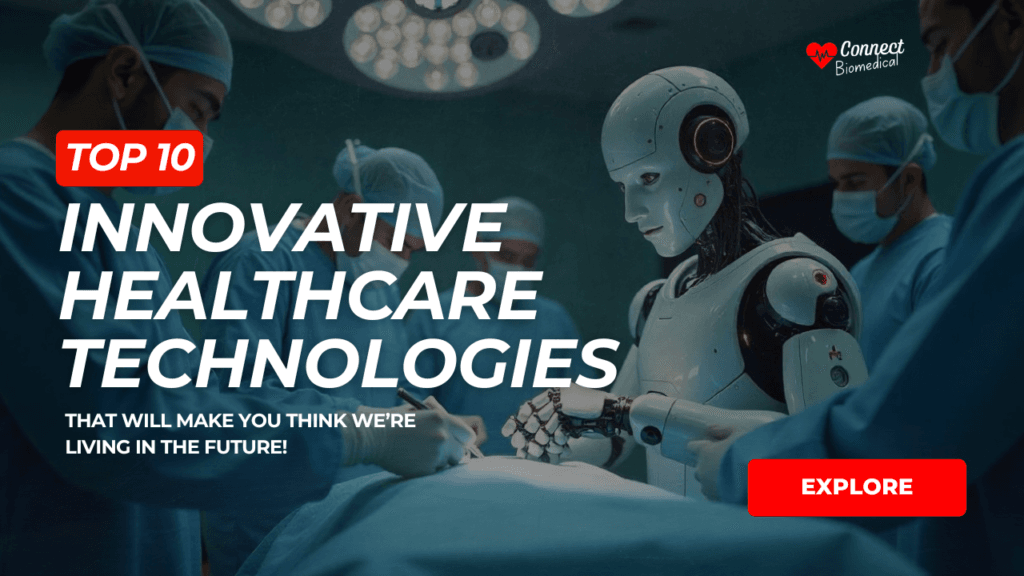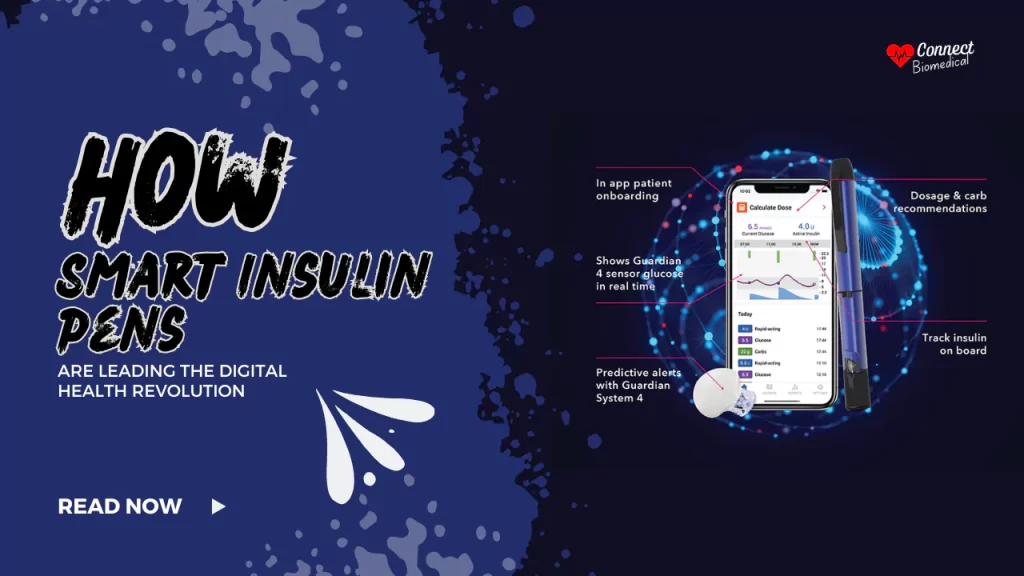The twentieth’s healthcare continues to expand at a very high rate, and advancing technology is now an essential tool in upgrading healthcare and procedure standards. Among the most important achievements of recent years has been EUR implementation which stands for the Electronic Health Record. This digital revolution in healthcare management has had many advantages, but with this, it comes with some challenges that both the healthcare providers and patients get to face.
With this background of EHRs, we must prepare ourselves for possibly witnessing some positive changes touched on by EHRs in areas such as patient safety, roles of clinicians and other staff, to even administrative work. The purpose of this article is to describe the advantages and disadvantages of EHRs, which can be useful for both health professionals and people who study the topic of health information technologies.
Table Of Contents
- The Evolution of Health Records
- Key Benefits of Electronic Health Records
- Challenges in Implementing Electronic Health Records
- The Future of Electronic Health Records
- Remote Monitoring Devices in Healthcare
- Case Study: Wellhealthorganice Buffalo Milk Tag
- Overcoming Challenges and Maximizing Benefits
- Addressing Privacy and Security Concerns
- Conclusion
The Evolution of Health Records
From Paper to Pixels: A Brief History
The journey from traditional paper-based records to digital health information systems has been a long and transformative one. Let’s take a closer look at this evolution:
Traditional paper-based record-keeping:
- They have the propensity of making mistakes and misplacing kinds of stuff.
- Poor access options as well as options for exchange
- There is also the problem of where to store so many records.
The transition to digital formats:
- The first steps of the digitization process concentrated on the simple data of the patient.
- Slow integration of laboratory tests and imaging findings
- The emergence history of electronic medical records in the early stage
The rise of comprehensive EHR systems:
- Interoperability of the different data feeds that exist in the healthcare settings
- Increased design and usage of easy-to-navigate and utilized interfaces for healthcare personnel
- Adoption of ‘open’ formats for data sharing
This transition has revolutionized how healthcare providers manage and utilize patient information, setting the stage for more efficient and effective care delivery.
Key Benefits of Electronic Health Records
1. Enhanced Accessibility and Coordination
One of the primary advantages of EHRs is the improved accessibility of patient information:
- Instant access to patient information: This will enable all healthcare providers to easily access detailed Patient history, treatments, medicines taken, and lab results.
- Improved communication between healthcare providers: Due to the integration of EHRs, information shared from one specialist or department to another that is involved in the treatment of the particular patient is made easy.
- Seamless transfer of records between facilities: It means that whenever a patient transfers or needs care in other settings, the records can be easily transferred promoting continuity of care.
2. Improved Patient Safety
EHRs contribute significantly to enhancing patient safety through various features:
- Reduction in medication errors: Apoteker has stated that digital prescribing and automated checks reduce dosage errors and the possibility of drug interactions.
- Alert systems for potential drug interactions: They come with alerts to indicate changes that may cause harm such as dangerous drug interactions in a patient’s EHR.
- Easy access to patient allergies and medical history: A lot of information can be attained easily depending on the particular type of disease a provider might be dealing with hence helping the providers make the right decisions rather than subjecting their patients to dangerous treatments.
3. Increased Efficiency in Healthcare Delivery
The implementation of EHRs has led to notable improvements in healthcare efficiency:
- Streamlined workflow for healthcare providers: Digital systems free up time which are previously spent on documentation and thus more time can be spent on client’s needs.
- Reduced paperwork and administrative tasks: A significant part of administrative and business processes is excluded from manual intervention by using automated billing systems and schedule and record-keeping systems.
- Faster retrieval of patient information: That is why timely availability of the full information about the patient is very useful in terms of diagnostics and treatment planning.
4. Better Patient Engagement
EHRs empower patients to take a more active role in their healthcare:
- Patient portals for accessing personal health information: Patients can access a protected online site that contains their medical history, laboratory data, and treatment plan.
- Enhanced ability for patients to track their health: Interoperability with personal health devices and applications allows for constant tracking of a person’s health condition.
- Improved communication between patients and providers: Communication tools contribute to the development of secure messaging that enables the direct exchange of information hence improving the patient provider interaction.
5. Data-Driven Decision Making
The wealth of data stored in EHRs provides valuable insights for healthcare improvement:
- Aggregation of health data for population health management: Large-scale data analysis helps identify trends and areas for intervention in community health.
- Trend analysis for better resource allocation: Healthcare organizations can optimize staffing and resource distribution based on patient data patterns.
- Support for evidence-based medicine: Access to vast amounts of clinical data aids in developing and refining treatment protocols.
Challenges in Implementing Electronic Health Records
While the benefits of EHRs are substantial, their implementation and use come with several challenges:
1. Initial Costs and Implementation
The transition to EHRs can be resource-intensive:
- High upfront expenses for software and hardware: To ensure that they provide all the necessary features in EHRs, a great amount of money has to be invested in Health Information Technology.
- Training requirements for staff: New systems and software require proper training for all the personnel in the healthcare facilities including the administrative staff.
- Potential temporary disruptions to workflow during transition: In the first instance, the change from paper based systems to electronic based systems may even result in the lengthening of work processes due to the time taken by workers to adjust to the new requirement.
2. Privacy and Security Concerns
Protecting sensitive health information is paramount:
- Safeguarding sensitive patient information: In this regard, there is a need to employ tight security that would deter slashers as well as hackers who may try to penetrate the system and misuse the information.
- Compliance with regulations like HIPAA: Computerised EHR systems are required by law to operate under restricted rules governing the protection of patient’s rights to privacy and data.
- Protecting against data breaches and cyber attacks: Thus, staying safe in healthcare is as it were an impossible mission given the rising cases of digitalization and emerging threats from hackers.
3. Interoperability Issues
Ensuring seamless data exchange between different systems remains a challenge:
- Difficulty sharing information between different EHR systems: Non-standardization can ways hamper the efficient transfer of patient information from one caregiver to the other.
- Standardization of data formats and terminologies: There have been attempts to develop standardization of medical databases but these have not been thoroughly achieved.
- Challenges in integrating with older legacy systems: Many experiences revolve around the inability of most of the newer EHR systems to integrate with other IT structures in most healthcare facilities.
4. User Adoption and Resistance to Change
Human factors play a significant role in the success of EHR implementation:
- Overcoming reluctance from healthcare providers: There are always some doctors who are unwilling to employ new technologies that are more advanced than paper works.
- Addressing the learning curve for new technologies: Some of the complications that come with EHR systems are that they are complicated, and thus, take time and patience to learn.
- Balancing technology use with patient interaction: It is feared that more stress is placed on entering data than on direct, personal contact with the patients.
5. Technical Challenges
The reliance on technology introduces new vulnerabilities:
- System downtime and reliability issues: We also witness how technical issues or server crashes can significantly impair the provision of healthcare services.
- Need for regular updates and maintenance: For EHR systems to remain up to date and running effectively technical support is necessary in the future.
- Integration with existing hospital information systems: Managing EHR interfaces with other informatics tools that may be employed in an anchored model environment can be challenging.
The Future of Electronic Health Records
Emerging Trends and Innovations
As technology continues to evolve, so too do EHR systems:
- Artificial Intelligence and Machine Learning Integration: They hold the possibility of improving the diagnosing methods as well as the advised treatments.
- Blockchain technology for enhanced security: This kind of distributed based storage could therefore dramatically change the way health information is managed and secured.
- Cloud-based EHR solutions: Cloud computing provides organizations within a large health endeavor with realizable and variable solutions for completing the stewardship of health data.
Remote Monitoring Devices in Healthcare
As we explore the landscape of digital health technologies, it’s important to consider the role of remote monitoring devices in healthcare. These devices work in tandem with EHRs to provide a more comprehensive view of patient health:
- Wearable health trackers for continuous data collection: Wearable technology like smartwatches and even fitness bands can gather current health data which in a way can be incorporated with the EHRs.
- Home-based monitoring systems for chronic disease management: Diabetic or hypertensive patients for instance can use connected devices to health status checks regularly.
- Integration of remote monitoring data with EHRs for holistic patient care: Such approaches as integrating data from remote devices with clinical records simply means a better view of the whole picture of patients.
Remote monitoring devices are revolutionizing the way healthcare providers interact with patients, allowing for more proactive and personalized care. By seamlessly integrating with EHR systems, these devices contribute to a more complete and up-to-date patient health profile, enabling timely interventions and improved health outcomes.
Case Study: Wellhealthorganice Buffalo Milk Tag
In an interesting intersection of health technology and nutrition, the Wellhealthorganice Buffalo Milk Tag has emerged as an innovative tool in the dairy industry. While not directly related to EHRs, this technology demonstrates the broader impact of digital solutions in health-related fields:
- RFID tagging system for tracking buffalo milk production: This system ensures the traceability of milk from farm to consumer.
- Ensures quality and authenticity of milk products: By tracking the entire production process, the tag helps maintain high milk quality standards.
- Potential for integration with health records for personalized nutrition plans: In the future, such data could be linked with EHRs to provide tailored dietary recommendations based on individual health profiles.
This example illustrates how diverse technologies can contribute to overall health management and potentially interface with EHR systems in the future, highlighting the expansive reach of digital health innovations.
Overcoming Challenges and Maximizing Benefits
Best Practices for EHR Implementation
To ensure successful adoption of EHR systems, healthcare organizations should consider the following strategies:
- Thorough planning and needs assessment: Conduct a comprehensive analysis of current workflows and identify specific requirements before selecting an EHR system.
- Comprehensive staff training programs: Invest in robust training initiatives to ensure all users are comfortable and proficient with the new system.
- Gradual implementation with feedback loops: Consider a phased approach to implementation, allowing for adjustments based on user feedback.
- Regular system evaluations and updates: Continuously assess the EHR system’s performance and make necessary upgrades to maintain efficiency and effectiveness.
Strategies for Enhancing Patient Engagement
Maximizing the benefits of EHRs for patients requires proactive engagement strategies:
- Educating patients on EHR benefits and usage: Provide clear information on how patients can access and utilize their electronic health information.
- Designing user-friendly patient portals: Ensure that patient-facing interfaces are intuitive and easy to navigate, even for those with limited technical skills.
- Encouraging active participation in health data management: Promote the use of patient portals and provide guidance on how patients can contribute to and benefit from their digital health records.
Addressing Privacy and Security Concerns
- Protecting patient data is crucial for maintaining trust in EHR systems:
- Implementing robust cybersecurity measures: Utilize state-of-the-art encryption, firewalls, and access controls to safeguard electronic health information.
- Regular audits and compliance checks: Conduct frequent assessments to ensure ongoing adherence to privacy regulations and industry best practices.
- Transparent policies on data usage and sharing: Communicate to patients how their health information is used, stored, and protected.
Conclusion
Electronic Health Records represent a significant leap forward in healthcare management, offering numerous benefits that enhance patient care, improve efficiency, and support data-driven decision-making. However, the challenges associated with their implementation and use cannot be overlooked. As healthcare providers and organizations continue to navigate this digital transformation, it’s crucial to address these challenges head-on while maximizing the potential benefits of EHRs. The future of healthcare lies in the successful integration of technologies like EHRs, remote monitoring devices, and innovative solutions like the Wellhealthorganice Buffalo Milk Tag. By embracing these advancements and working to overcome their challenges, we can create a more efficient, effective, and patient-centered healthcare system for all.





